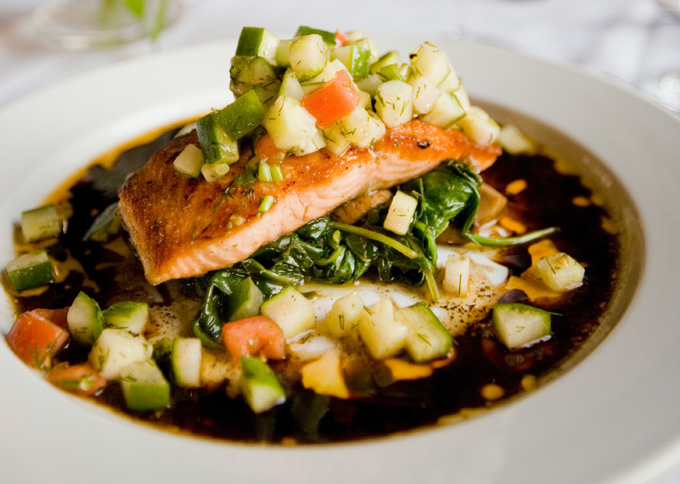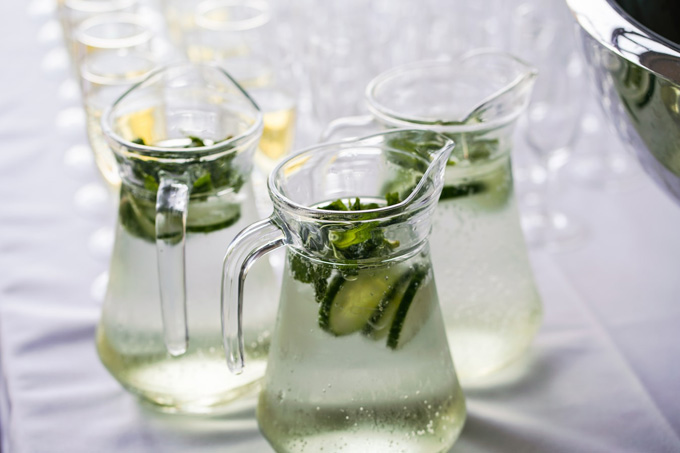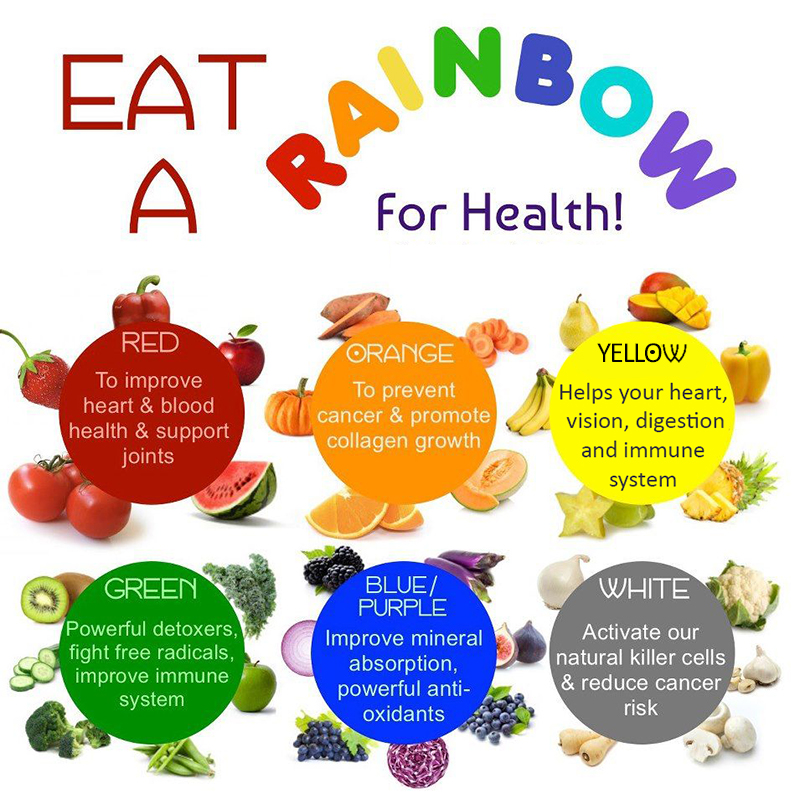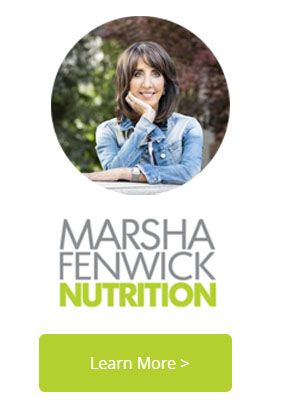Health & Wellness Webinar: The Power of Nutrition
1. Start with focusing on choosing whole real foods! What does that mean? Foods that are natural which come from farms and fields, and not factories. By that I am referring to food quality as these whole real foods contain nutrients such as fibre, vitamins, minerals, protein and fat to keep you satisfied and energetic! For example, fruits, vegetables, lentils, eggs.
2. Many people are struggling with weight gain, low energy, digestive distress and bloating!! In order to help alleviate I recommend choosing what’s called low carbohydrate and low glycemic food intake to stabilize blood sugar and insulin levels under control which is a driver of inflammation. Some examples are leafy greens, berries, beans and legumes. Many of my clients get so excited to learn about what I call healthier substitutes, for example black bean, lentil and hearts of palm pastas, cauliflower rice, I love my spiralizer which makes Zoodles (zucchini noodles), or other veggie noodles and different kinds of wraps. There are many great options out there.
3. How many of you have heard the term “eating the rainbow”? Well, by combining a colourful combination of fruits and vegetables we can benefit from what’s called the synergistic effect of these vitamins, minerals, and antioxidants that promote good health. Science shows there isn’t just one food or a single nutrient that can be measured, rather to eat food as a whole. For example, eat.a whole apple and not apple juice or build a smoothie or colorful quinoa bowl which automatically contains all these goodies.
5. How many times a week do I hear, “I don’t know what to make for dinner” and, “Do you have some new ideas or recipes?” Although I am not a fancy cook I have found that incorporating fresh herbs and spices can be a game changer for many dishes and have many health benefits as well. Garlic, ginger, turmeric and cinnamon are just a few of the most researched spices with health promoting compounds. I find by trying some spices, herbs and healthy oils you can start to reduce the processed bottles of salad dressings, sauces and marinades and learn to retrain your taste buds. Herbs & spices are very versatile in protein dishes such as fish, chicken, tofu, smoothies, vegetables and soups.
6. Consider adding in fermented foods which are rich in beneficial probiotics and can help to restore our gut health and increase diversity in the microbiome. Recent studies have suggested that the intestinal microbiome plays an important role in influencing risk of several chronic diseases, including inflammatory bowel disease, obesity, type 2 diabetes, cardiovascular disease, and cancer. At the same time, it is now understood that diet plays a significant role in shaping the microbiome as soon as within 24 h of changing ones diet. Some examples are sauerkraut, pickles, yogurt, kefir, kimchi and my new favourite, sourdough bread.

8. I do love the Mediterranean diet and recommend healthy fish as part of your diet to (preferably wild not farmed) is a good source of Omega 3 fatty acids which helps to reduce inflammation. I like to share the acronym of S.M.A.S.H. This stands for Sardines, Mackerel, Anchovies, Salmon, and Herring. You may not be able to eat all of these in public as they can be smelly but they sure are good for you!

10. Hang in there… I have to mention that hydration is so often over looked on a day-to-day basis. It’s role is to regulate body temp, flush out toxins and assist with our daily bowels. Aside from water, some suggestions are green tea, white tea and matcha tea which contains certain AO’s, herbal teas, and veggie and bone broths. My personal favourite is making a large jug of water and adding things such as mint and cucumber. Make this your new best friend and aim for 2 to 3L.

So, how do we implement and put some of these recommendations into practise?
I believe in a personalized gradual approach that is sustainable, realistic and can be enjoyed. 🙂
Contact me today to set up a virtual consultation on Zoom, Skpye, Facetime or phone.
Marsha Fenwick, C.N.P. R.R.T.
Marsha is not your typical nutritionist. She began her career 20 years ago as a Registered Respiratory Therapist. Later, she earned her certifications as a Registered Nutritional Consultant Practitioner, Certified Nutritional Practitioner, and Registered Orthomolecular Health Practitioner. Marsha is also a Certified Cancer Coach. Her clinical practice specializes in: sustainable healthy weight loss, digestive health, women's hormones, diabetes, heart health, and cancer prevention and recovery. For more information and to book a FREE 15 minute consultation go to www.marshafenwicknutrition.com







